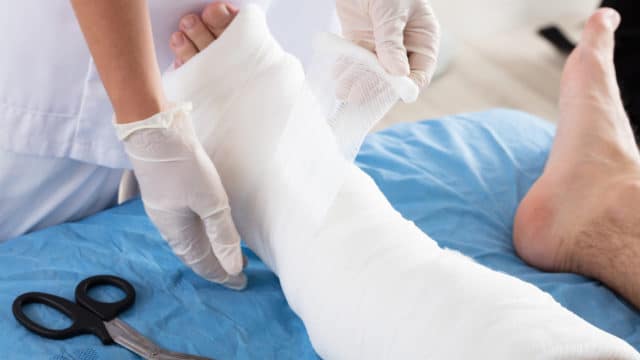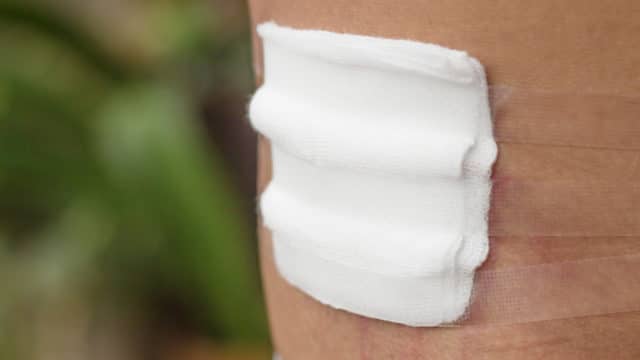Wound Care Plays a Pivotal Role in the COVID-19 Pandemic
Written by Healogics Chief Medical Officer, Dr. William Ennis.
 Patients most at-risk for COVID-19, are the same group that suffer from chronic, non-healing wounds. Wound care patients increase their chances of needing emergent care if treatments are not continued, which is very problematic during this crisis.
Patients most at-risk for COVID-19, are the same group that suffer from chronic, non-healing wounds. Wound care patients increase their chances of needing emergent care if treatments are not continued, which is very problematic during this crisis.
The wound care field has yet to be classified as a specialty, even though most providers have little to no training in wound care. Because of this, most hospital administrations are unaware of the consequences that result from halting or reducing wound care services, such as sepsis, limb loss, cellulitis and deterioration of wounds. Patients with non-healing wounds are 20 times more likely to need emergent care and an estimated 6.7 million Americans suffer from non-healing wounds.
I recently participated in a position paper released by The American College of Wound Healing and Tissue Repair explaining why wound care is so complex, what can result from decreasing wound care during this pandemic, and offer potential solutions such as Telehealth. We need to be able to use technology such as telemedicine to triage cases that need to be seen face to face and manage some cases virtually during this pandemic and likely into the next several months.
Wound care is a specialty. Wound care is essential. Wound care helps keep patients with non-healing wounds out of emergency rooms or from being admitted to the hospital.
Read the full article here.



